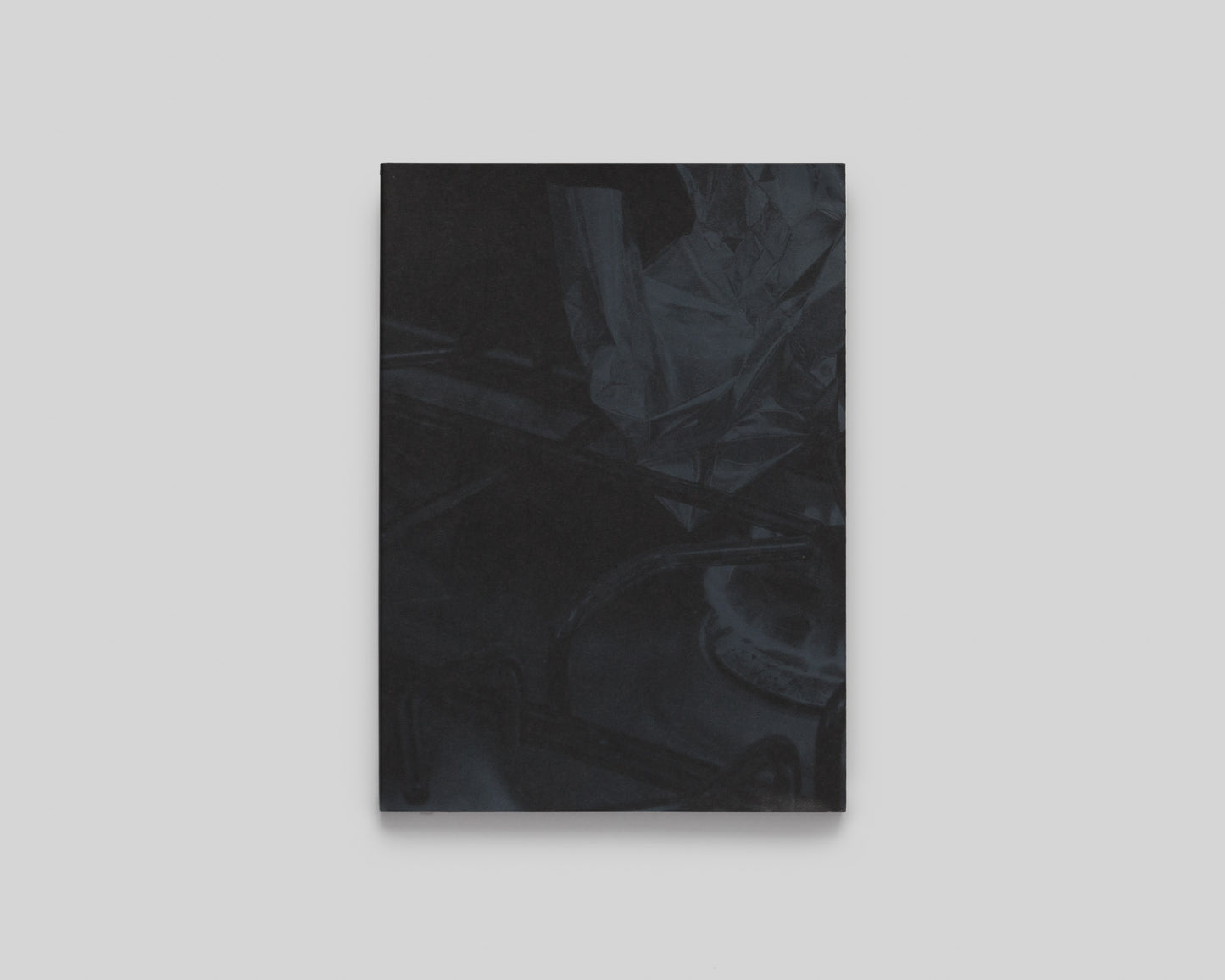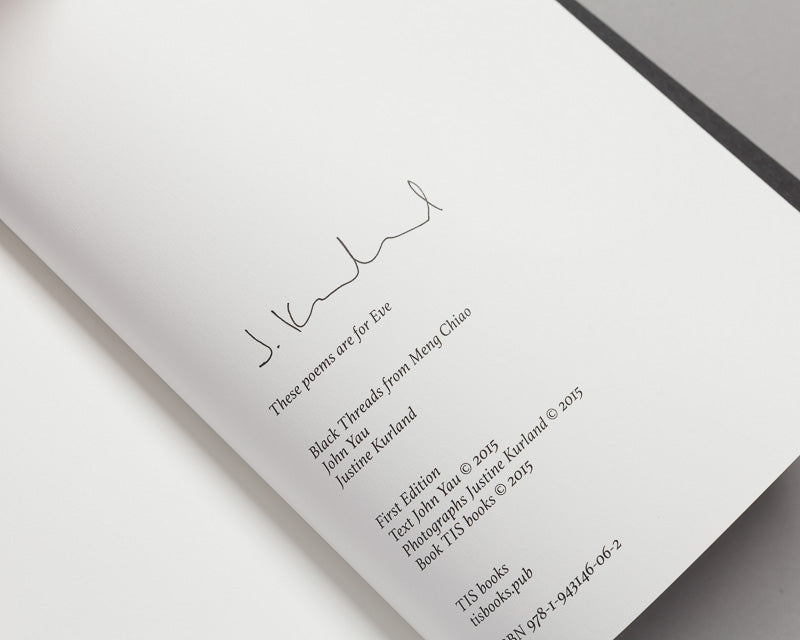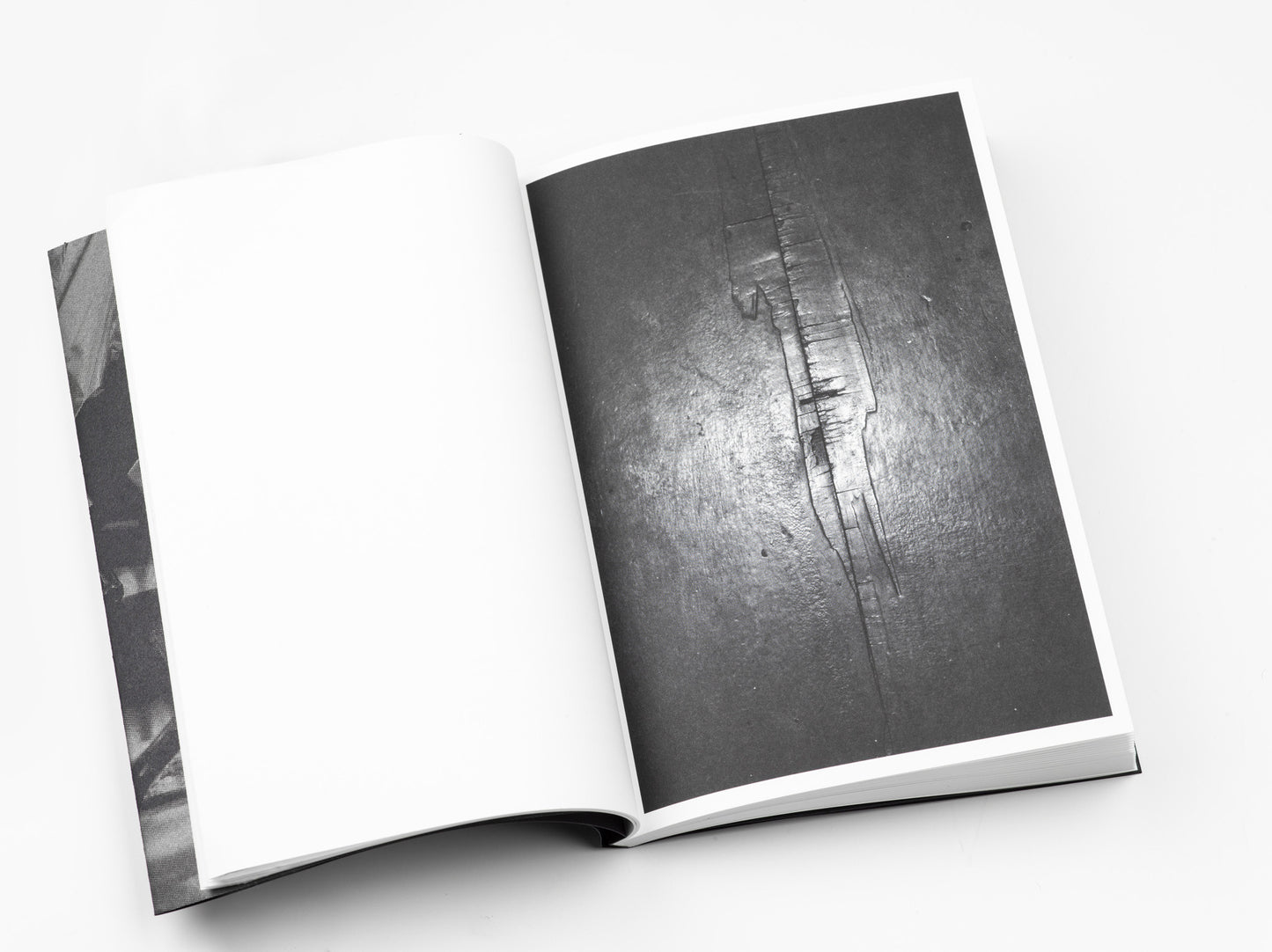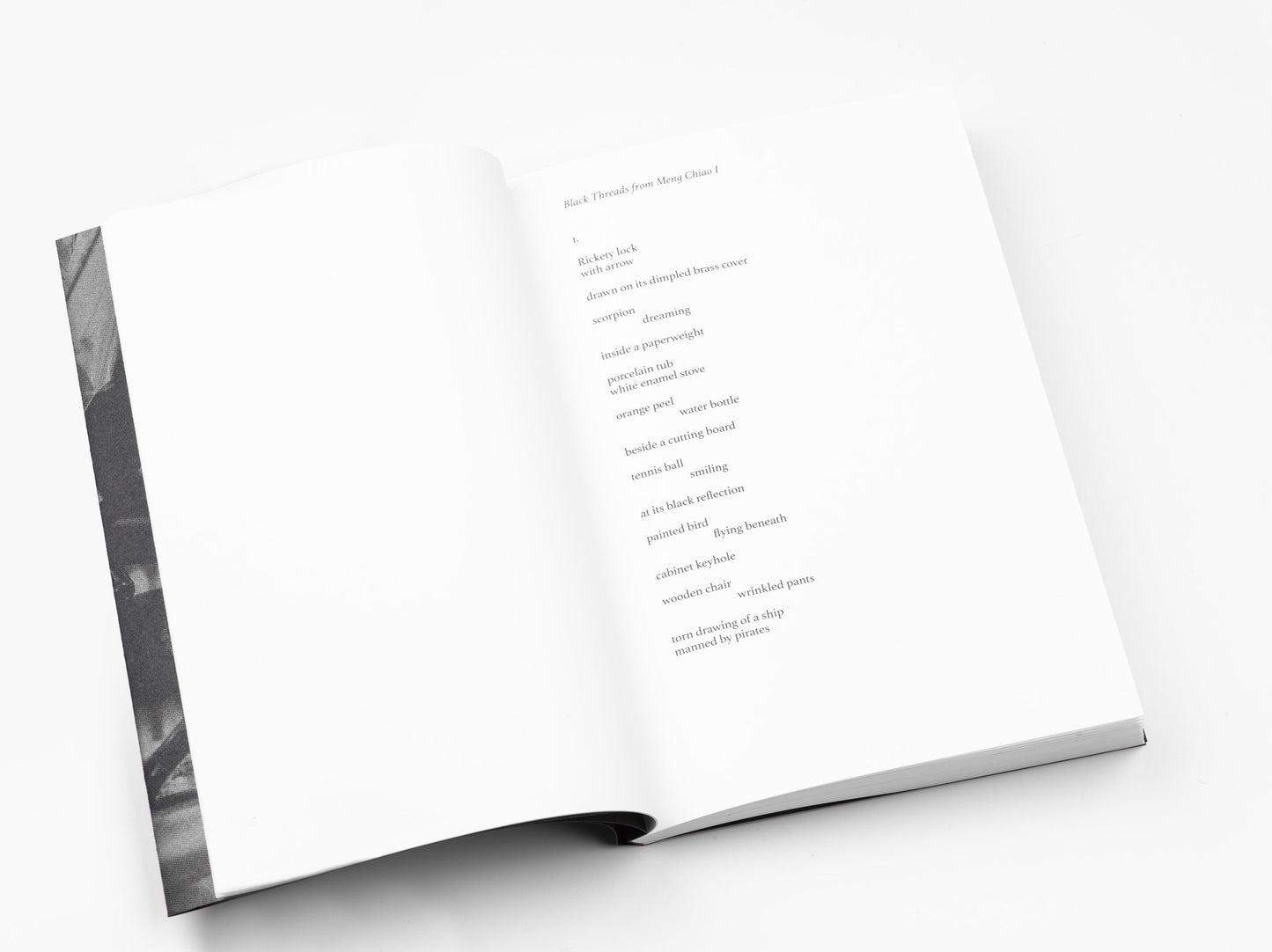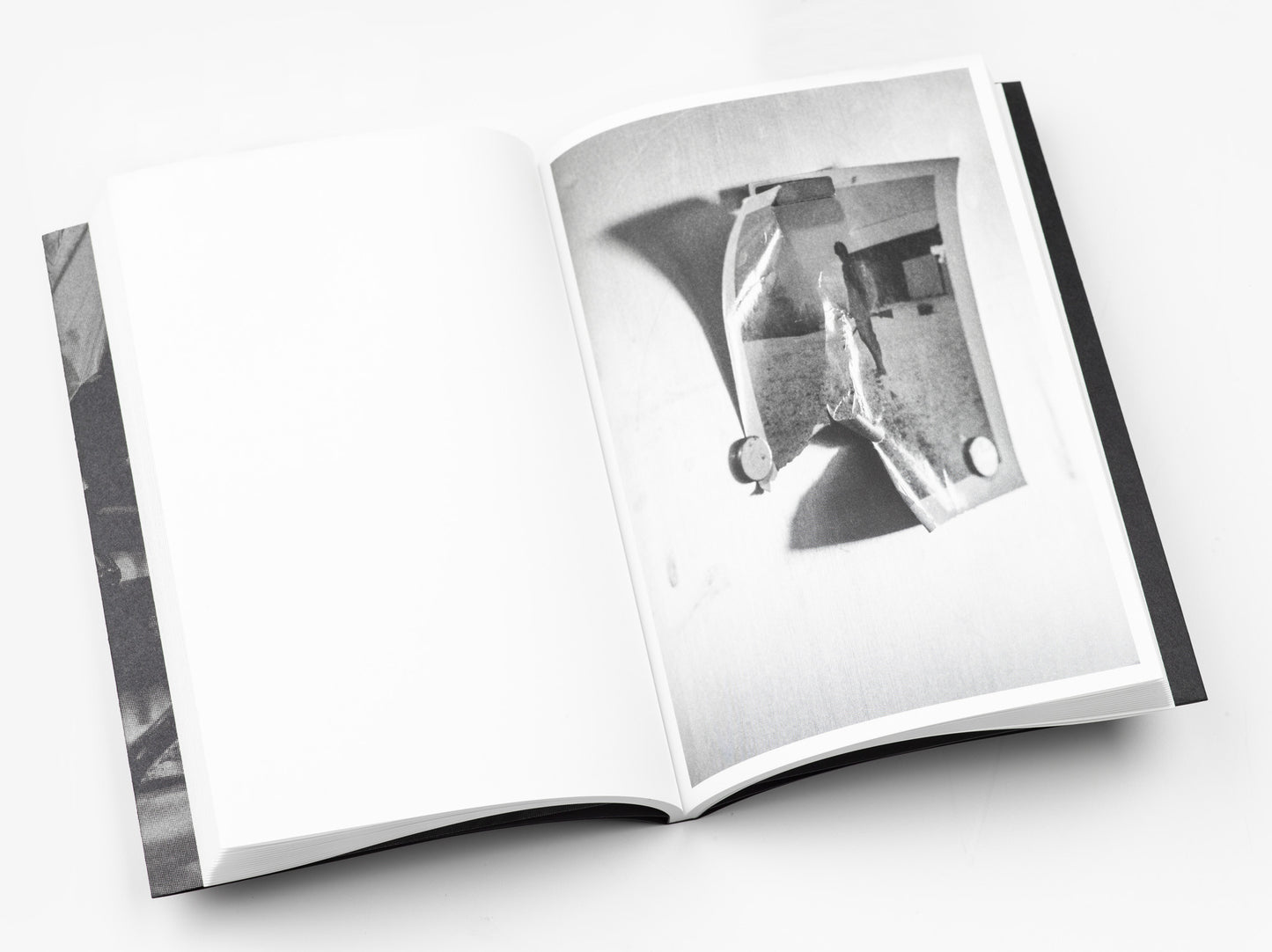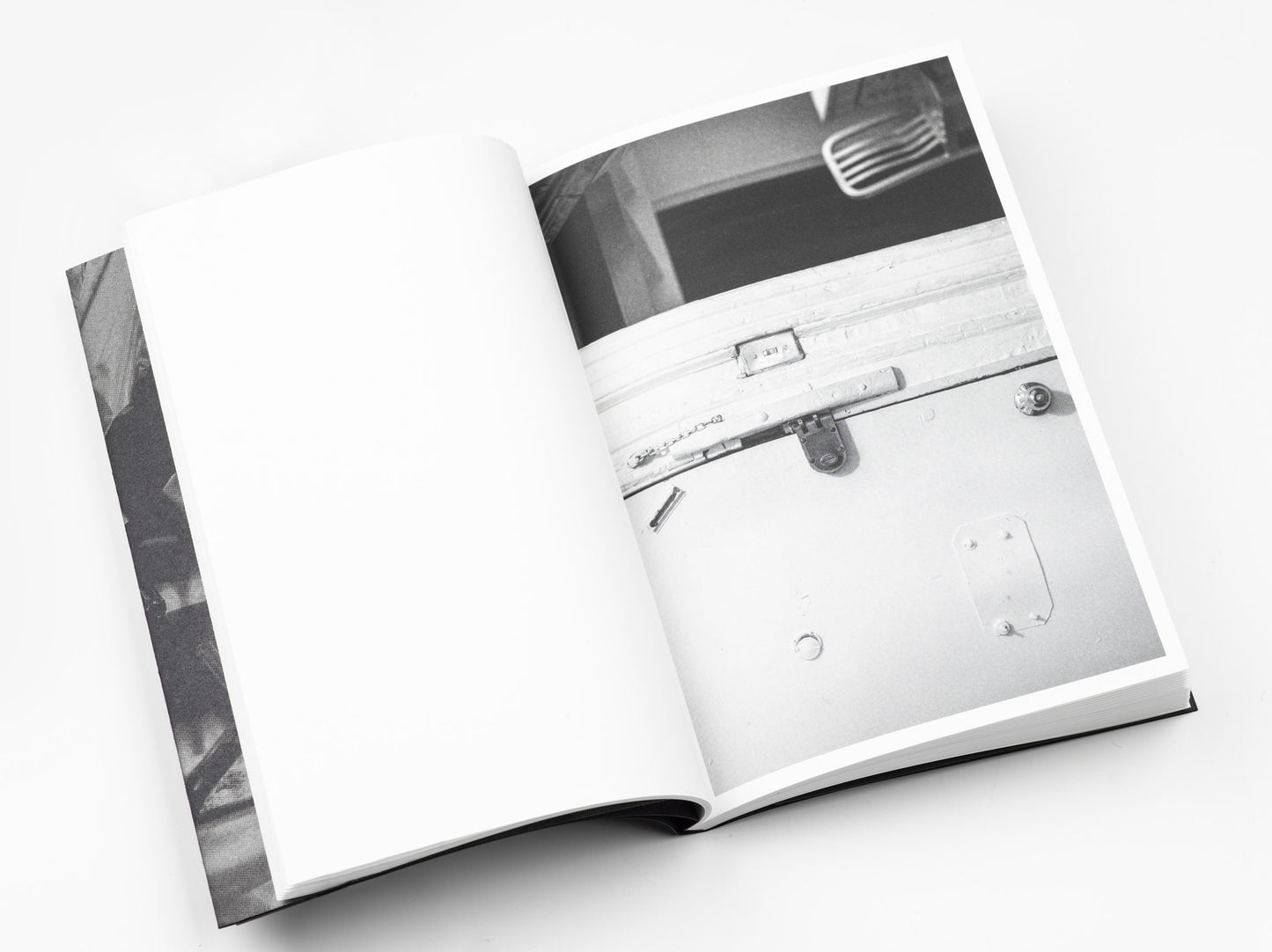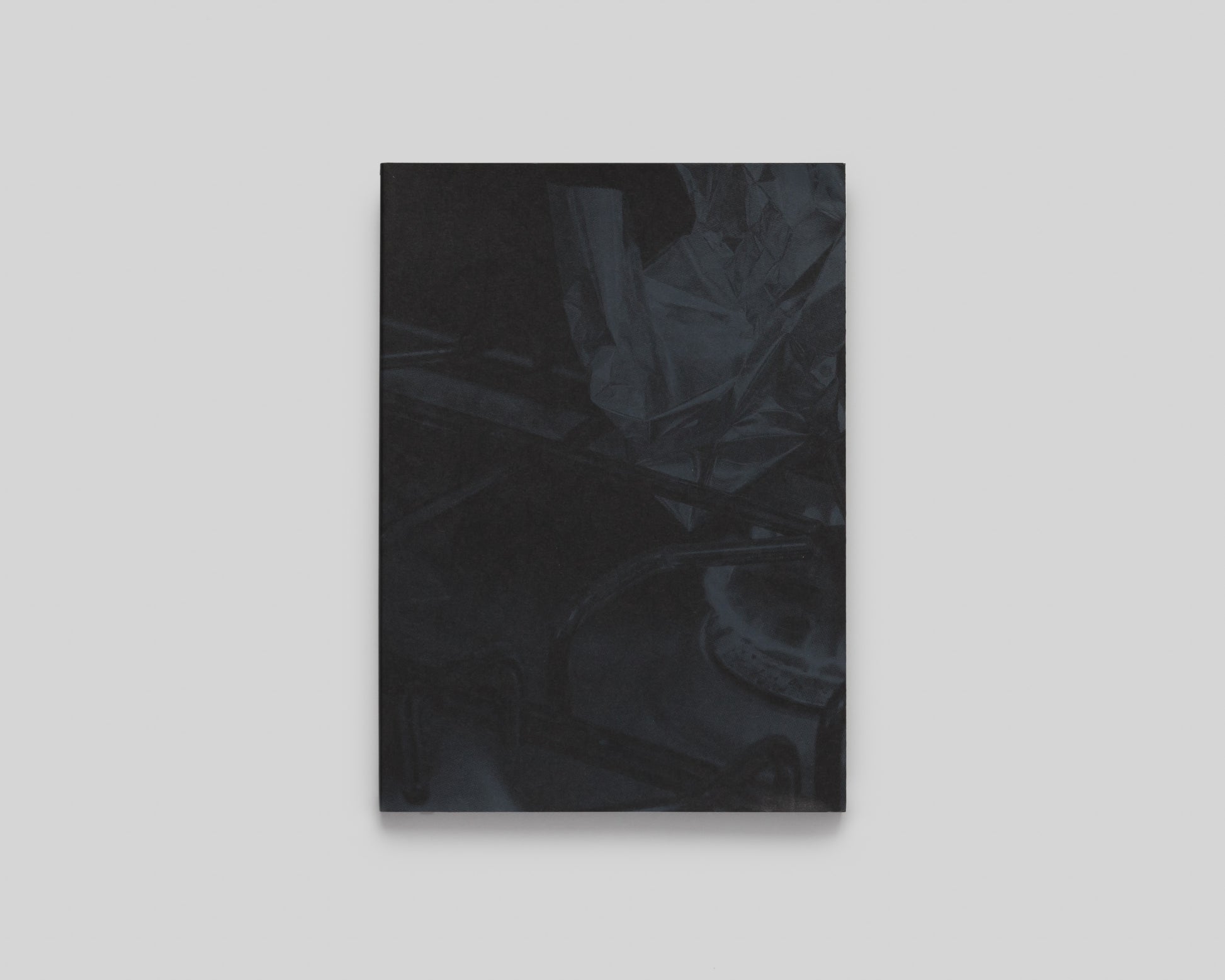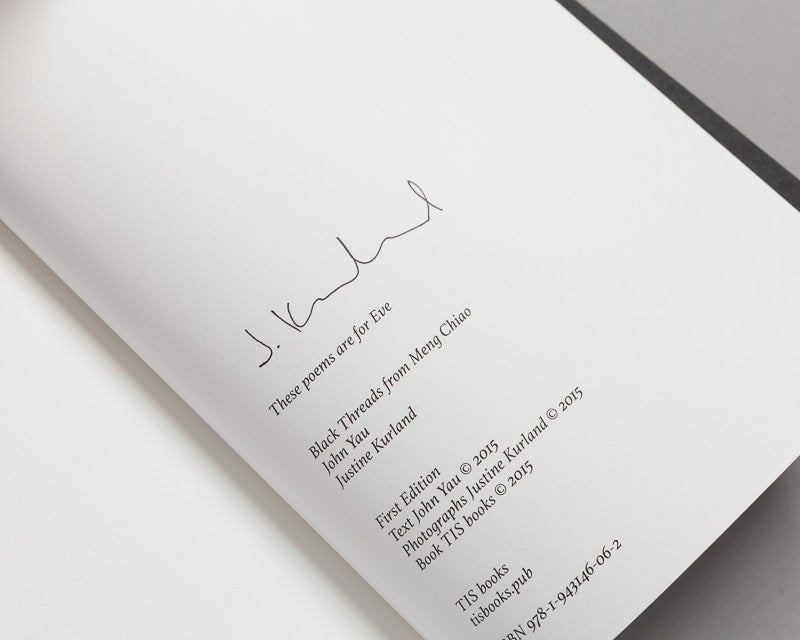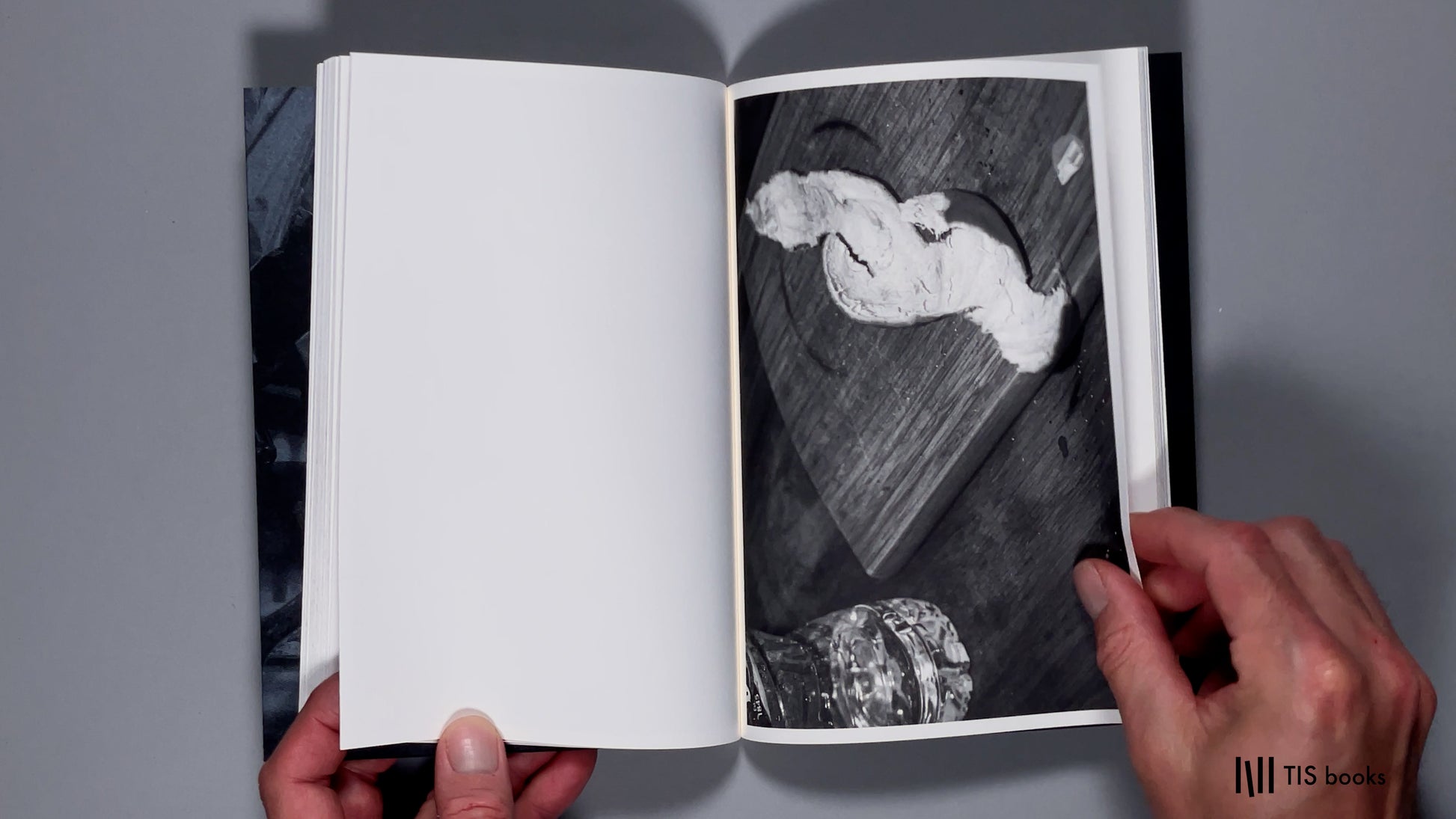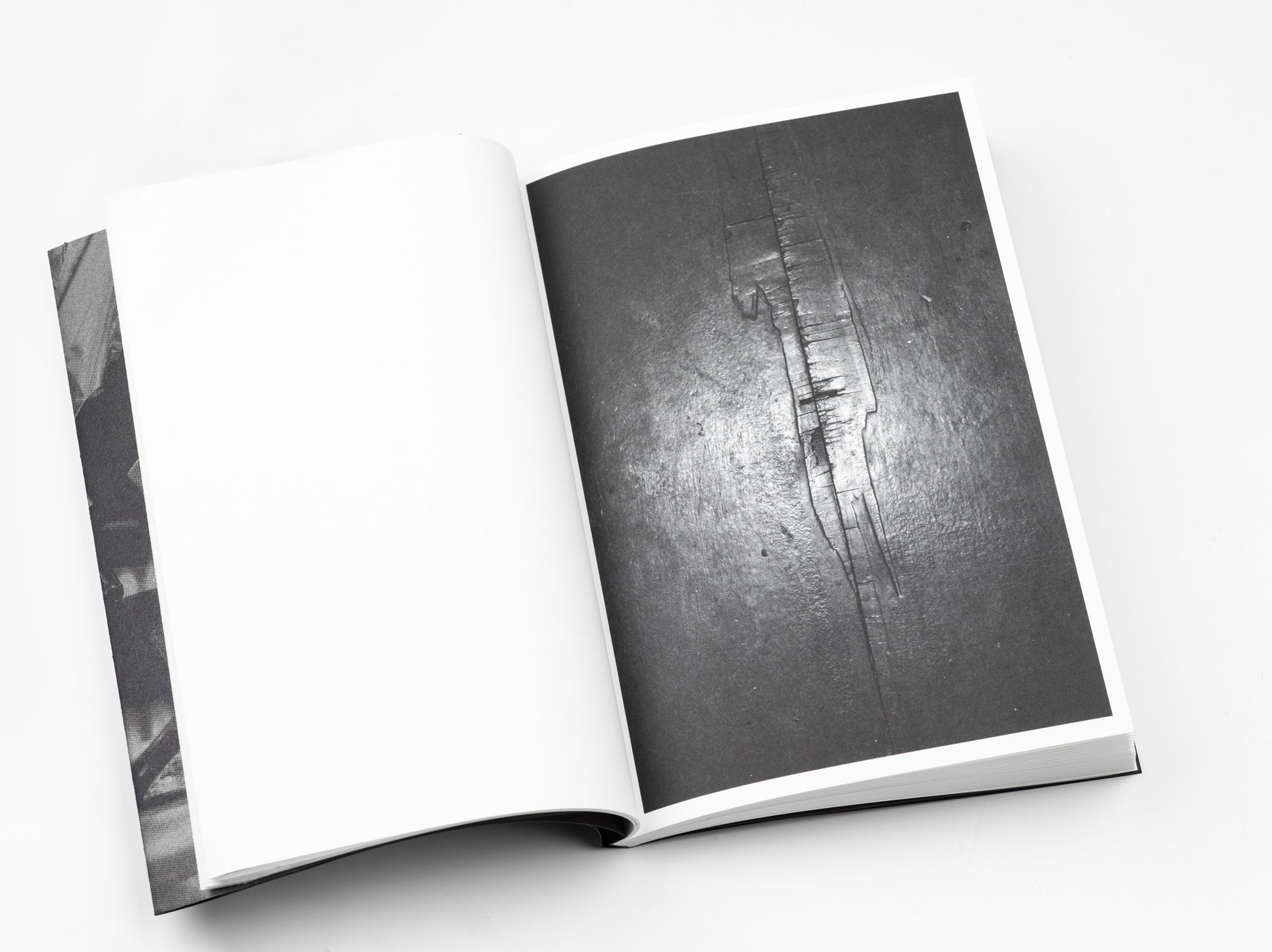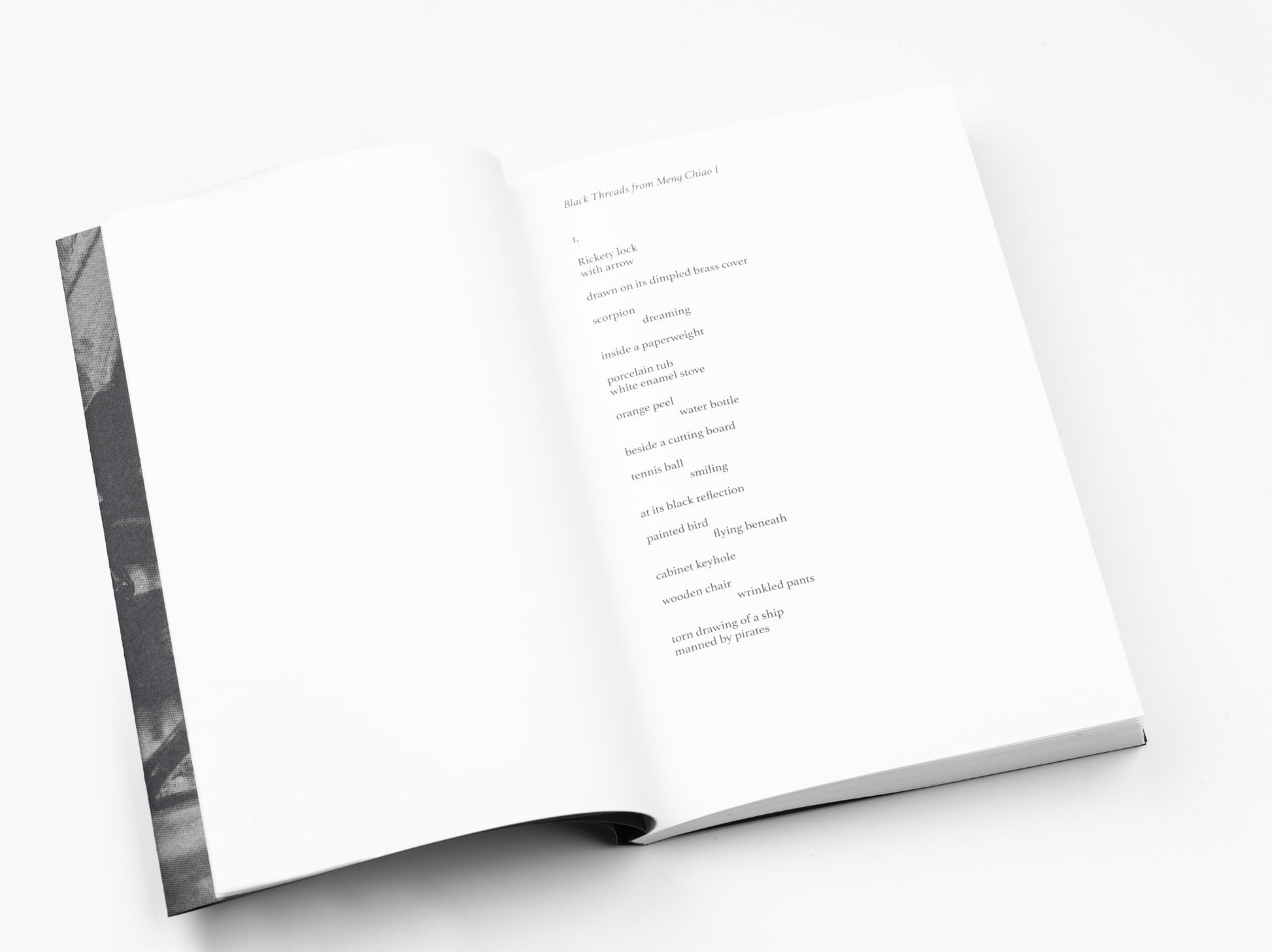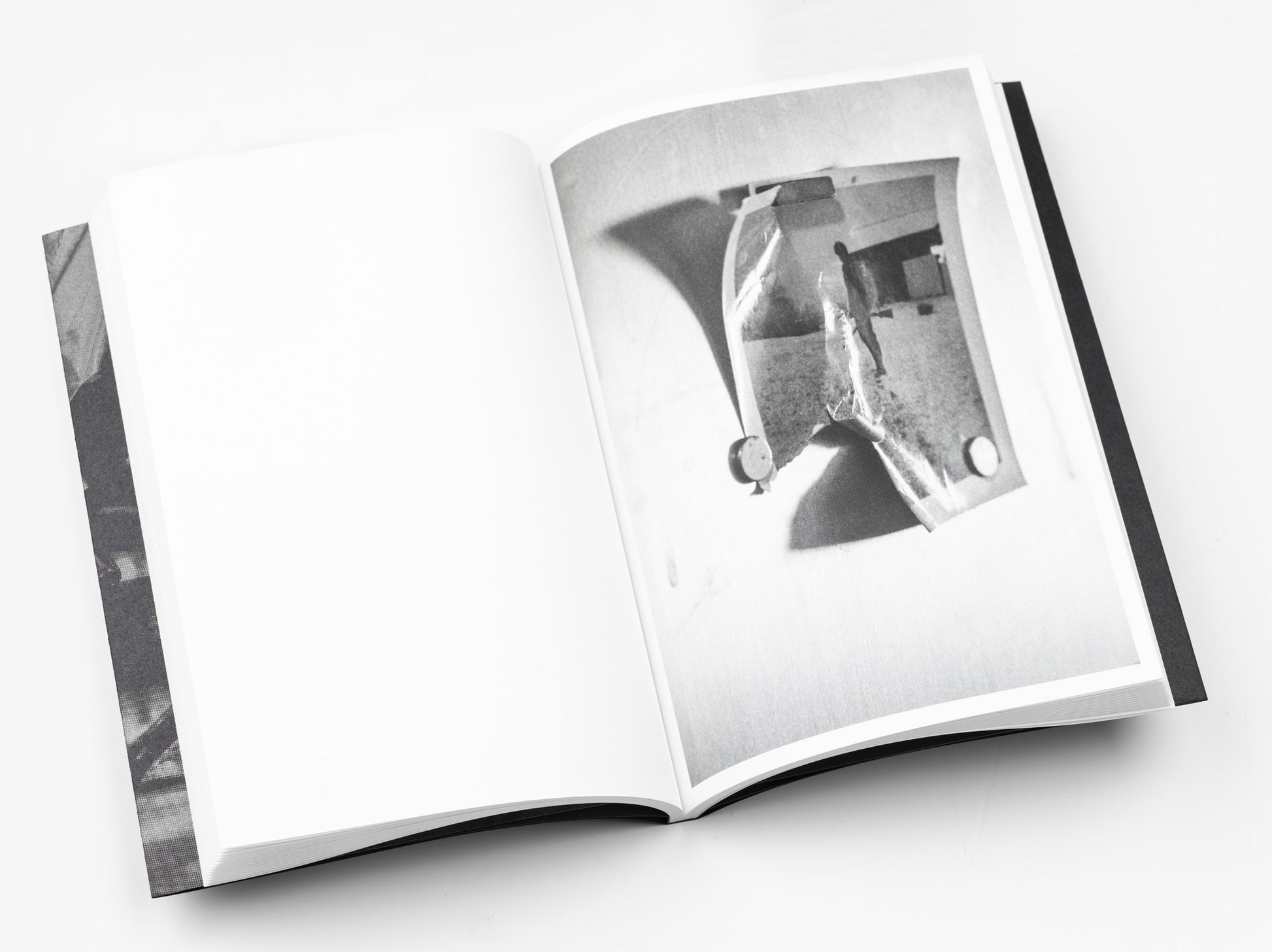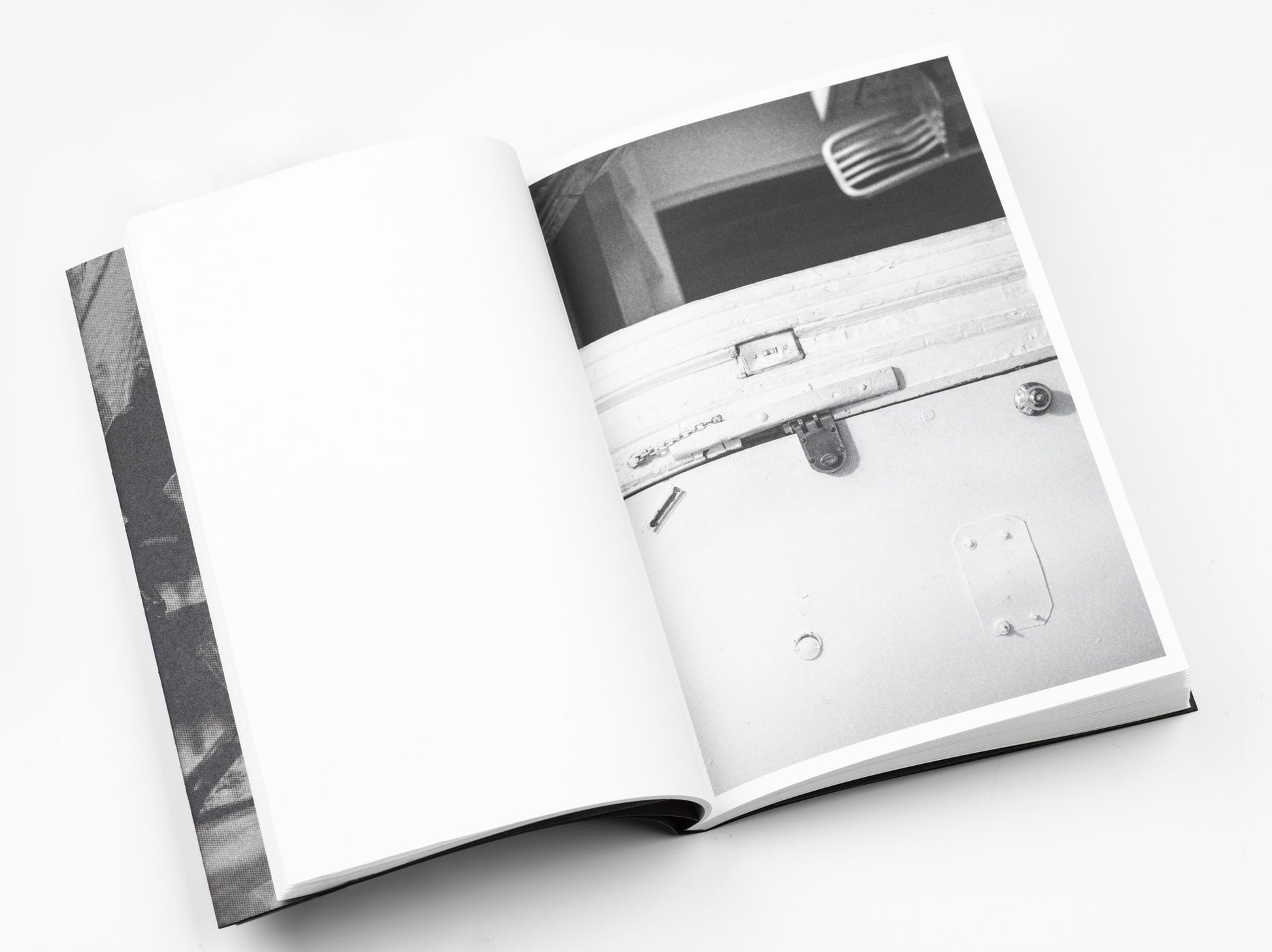Black Threads from Meng Chiao
- 5.75 inches x 8 ininches
- 54 pages, 20 tritone plates
- softbound french fold
- silk screen dust jacket
- ISBN 9781943146062
In a true collaboration, Justine Kurland and John Yau shared photographs and poems throughout the making of Black Threads from Meng Chiao, each reacting to the work of the other many times over. The result is a revelation for each: Kurland's intimate interior black-and-white images offer a new side of an artist known for large-format color pictures of landscapes both peopled and not; Yau's spare, precise language is given room to reveal multiple layers of meaning over the three distinct formal sections that comprise the title poem.
A friendship between these two was born several years ago after Yau - also a renowned critic - wrote about Kurland's photographs, but an artistic partnership wasn't contemplated until they recently found themselves in similar mental and emotional situations born of quite different logistical circumstances. Yau was housebound while recuperating from knee and neck surgeries, and Kurland was off the road (her accustomed place of working), caring for her son in the East Village. It was, in Kurland's words, a period of "house arrest, or being shipwrecked" for both.
Kurland turned away from the 4x5 film camera and its slow working process to embrace the immediacy of a digital SLR and its instant results, producing tight interior shots as claustrophobic and caged as she felt. Through the magic of email, she shared the raw results with Yau, who responded both to the specifics of her images and to the way he was feeling as a person whose full, unfettered mobility had been temporarily removed from him. The idea of Meng Chiao's Black Threads came from that poet's late poems, in which he wrote sequences comprised of interconnected (or, to Yau's thinking, echoing) lyrics. Yau started the sequence after he was unable to find the book in his library, and took this as a sign to begin writing in the space of its absence.
In turn, the photographer internalized the poet's ideas to spur the making of new pictures, and the process was repeated several times. Kurland says the result is like "staring out a window at a brick wall across the alley" - finding some way to deal with adverse situations and making sense of them through the creation of something new in the world.
Share
